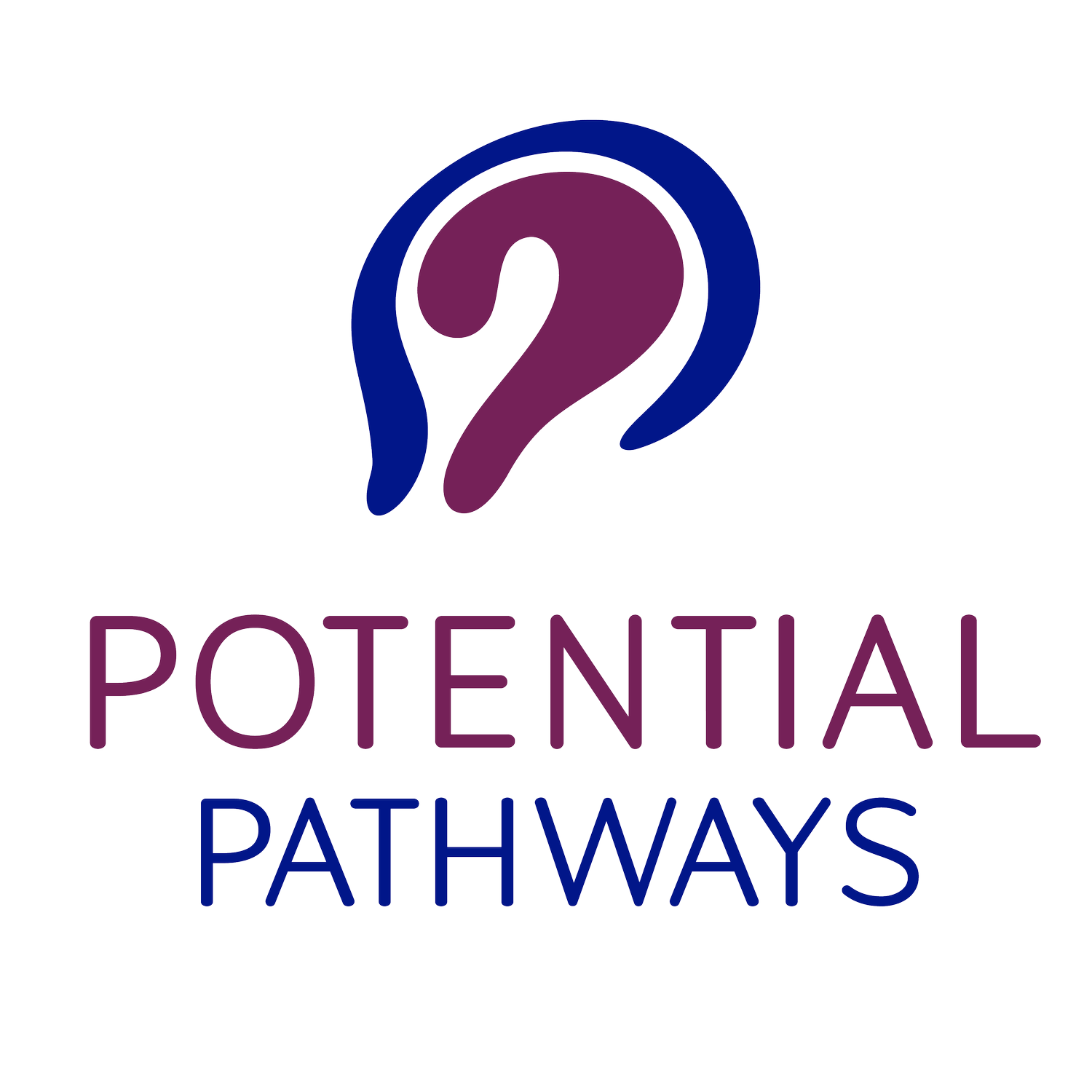Clarity
“Sometimes a moment of clarity shines so brightly, it lights the path forward for years to come.” – Unknown
Clarity is defined as “the state of having a full, detailed, and orderly mental grasp of something.”
No wonder it’s so elusive.
In a life filled with uncertainty—and in a time where norms we’ve long taken for granted are being upended—our minds struggle to make meaning out of the seemingly incomprehensible.
Clarity from the top-down, outside-in, isn’t possible. We can’t make sense of the infinite stream of variables beyond our control.
But what about our own minds? There we have more agency.
But our inner world can feel just as turbulent. The endless swirl of thoughts, the gravitational pull of old patterns—it’s easy to lose our way. Easy to forget who we are.
Over time, we drift from our true north, spending energy in ways that don’t serve us.
Moments of clarity help us recalibrate.
Sometimes it's a subtle sense of shifting. Other times it can hit like a lightning bolt.
Always, something true is revealed. A fleeting glimpse at the path we’re meant to be on.
And then quickly, the noise returns.
Distraction. Pressure. The lure of less intention and effort.
The world beckons us to forget. To return to autopilot. To chase achievement and comfort.
But with intention, we can quiet the mind. We can create the stillness that allows clarity to surface.
When that clarity becomes strong enough, it no longer disappears into hiding.
Reflection
We look in the mirror to see ourselves better. To notice what’s hidden from view.
How do we reveal the inner world that shapes everything we do? How do we gain the inner clarity the mirror offers us externally?
Journaling has long been recommended because it bypasses the conscious editor. The pen gives voice to the subconscious. Often, things appear in writing you didn’t know you were thinking.
But writing alone isn’t enough. We must learn to interrogate our thoughts. To probe below the easy answers and the well-worn autopilot responses.
To ask “And what else?”
A prompt to go deeper.
To explore the layers beneath our stories. To see what’s been hiding.
This is where we find insight. This is how we illuminate the subconscious. When we shine light on those old patterns—sometimes buried for decades—their grip begins to loosen.
As Shirzad Chamine writes, these hidden saboteurs “melt like snowmen under the direct light of our consciousness.”
We’re not wired to question ourselves though. It’s helpful to have a skilled guide to help us light the way and navigate this psychological terrain.
The Fog Lifts
This week, I passed the two-year mark of living alcohol-free
For my entire adult life, alcohol was an invisible weight I carried. An accelerant for self-doubt. The megaphone for my inner critic.
The brake on my potential.
Letting go of it helped me reclaim my clarity. Like a perpetual fog on my every aspect of my life clearing for good.
And from that clarity has come physical and spirtual healing.
It was a conversation with my coach that cracked something open.
We’d been working together for two years. For most of that time, I downplayed the role alcohol played in my life. I was just having fun and doing what everyone I knew did.
He never pushed. Just helped me explore what I was ready to see.
Then came a particularly painful weekend in New Orleans—one of those moments that makes you face the truth.
A truth I had finally become ready to see.
I wasn’t drinking to connect. I was drinking to disconnect. To keep myself down. To keep my light dimmed, Because deep down, I didn’t think I was good enough to shine that bright.
That realization hit hard. And began unfolding in my mind.
A few days later, sitting in the locker room of my gym, I had a flash of insight:
I’d always loved the sense of freedom when I partied. But I didn’t realize what I was escaping from—long-buried pain from childhood. The isolation of moving schools and being marooned without friends. The wound of being left behind.
I said out loud, “Oh my God.” It was as if I felt a heavy door long locked closed in my mind suddenly flung wide open.
And from that day forward, something shifted. I flipped the switch.
The neural circuitry around drinking broke. Old cues no longer led to automatic behavior. The craving lost its momentum.
Once I saw the truth, I was able to break free for good.
The Process
It took a long time to unearth that truth.
The source of our automatic behaviors is always buried under layers of emotional experience.
This is why it can be so hard to change. We don’t need simply the motivation to change—we need the motivation to do the work.
And to stick with the work.
When we do, over time, the moments of clarity come more frequently. The path becomes clearer even if the destination is uncertain.
Old thought patterns still arise, but we catch them. We redirect the energy. The current grows weaker and weaker until those pathways fade.
It’s part of a rhythm.
Life pulls us away, clarity brings us back.
Clarity isn’t a one-time breakthrough. It’s not the end of the journey.
It’s the beginning of a deeper, more meaningful one. The journey into what you’re really here to do.
Because clarity doesn’t just help us see what’s in front of us—it expands our awareness of what’s possible.
– Coach Kris

